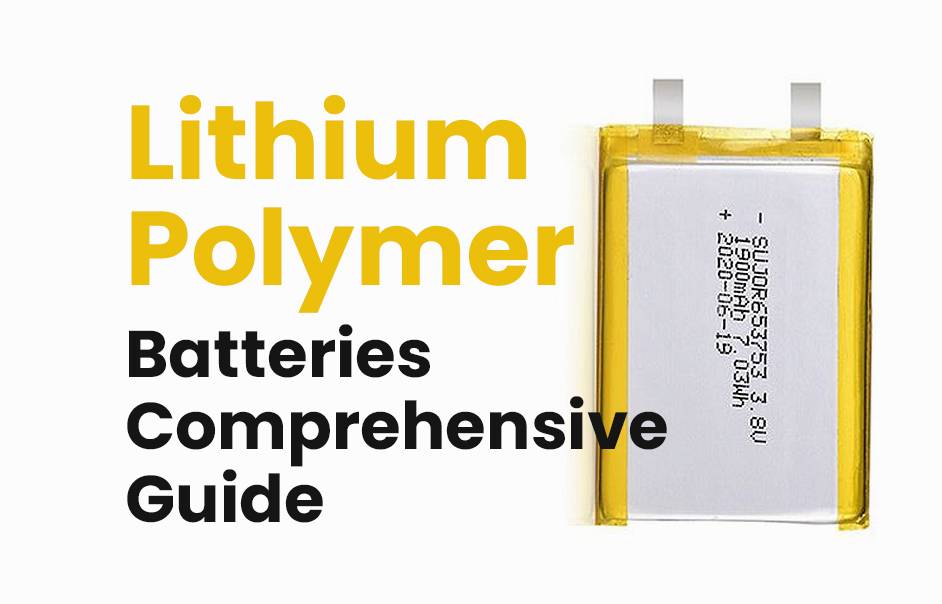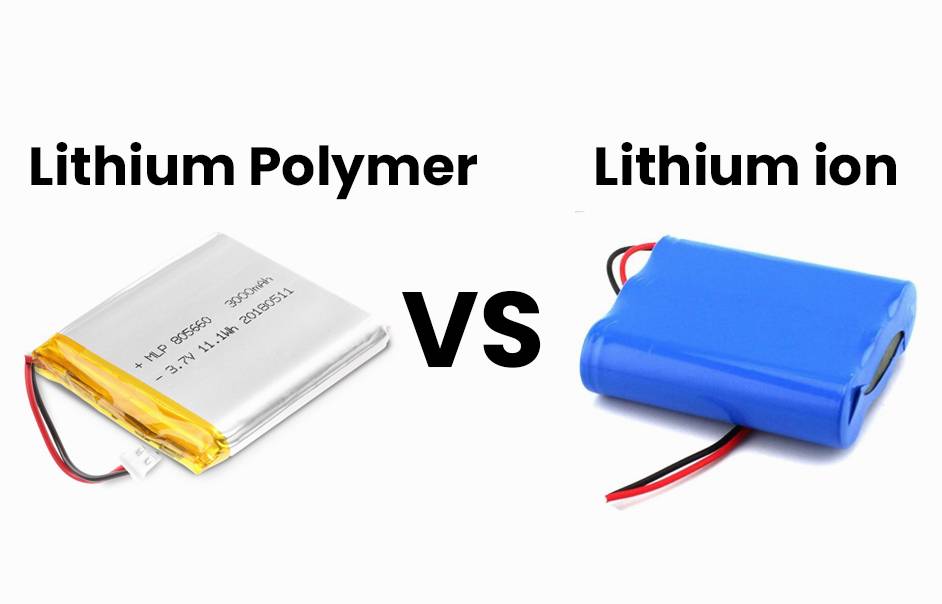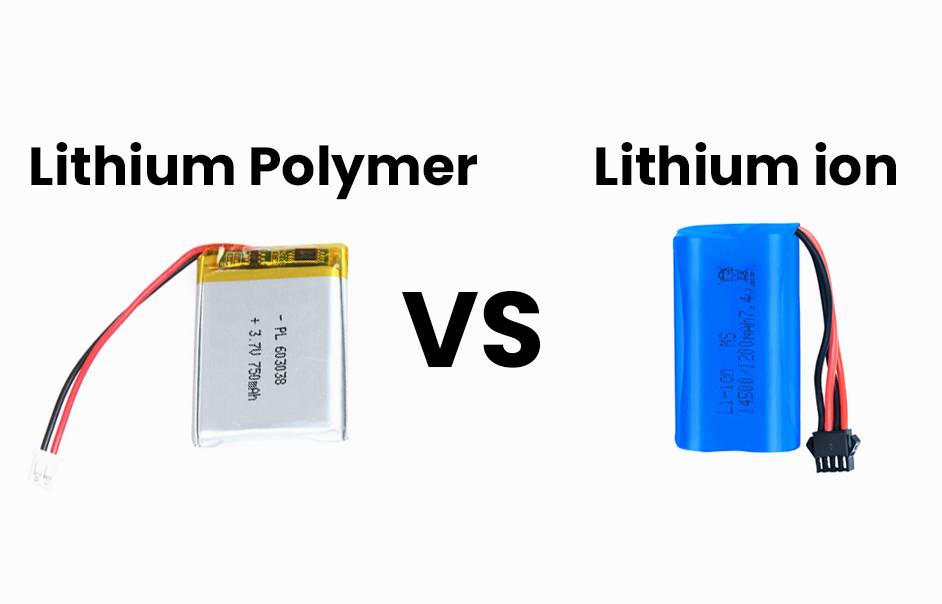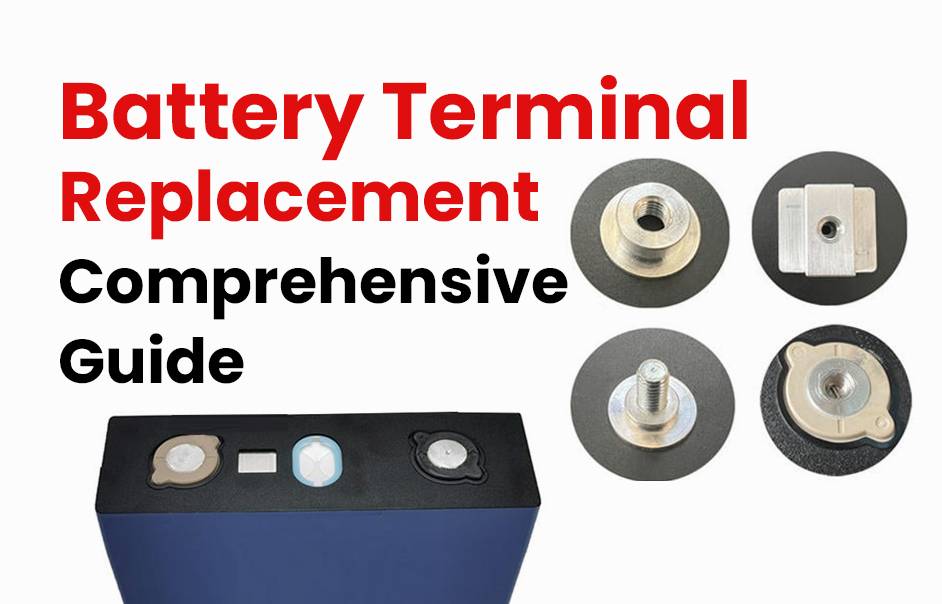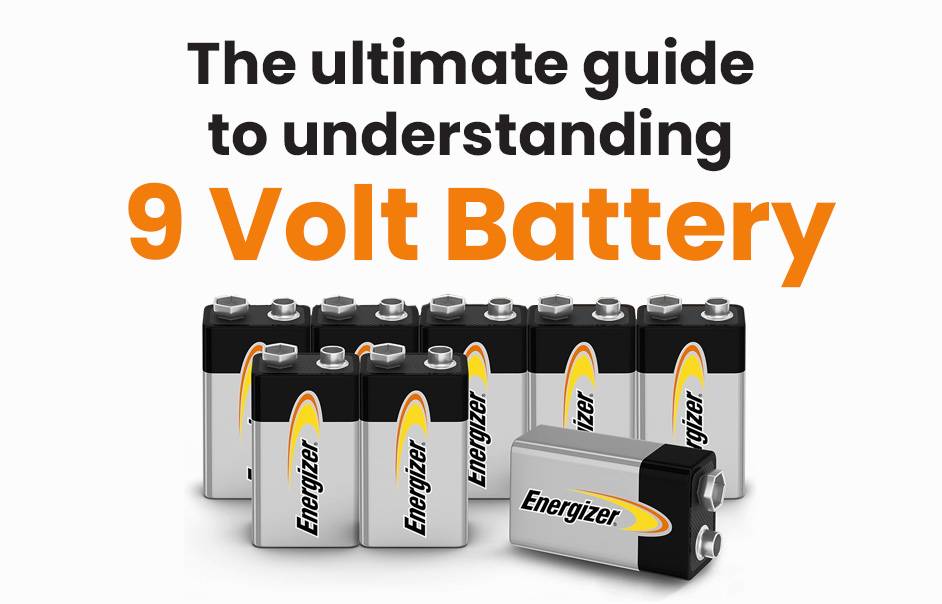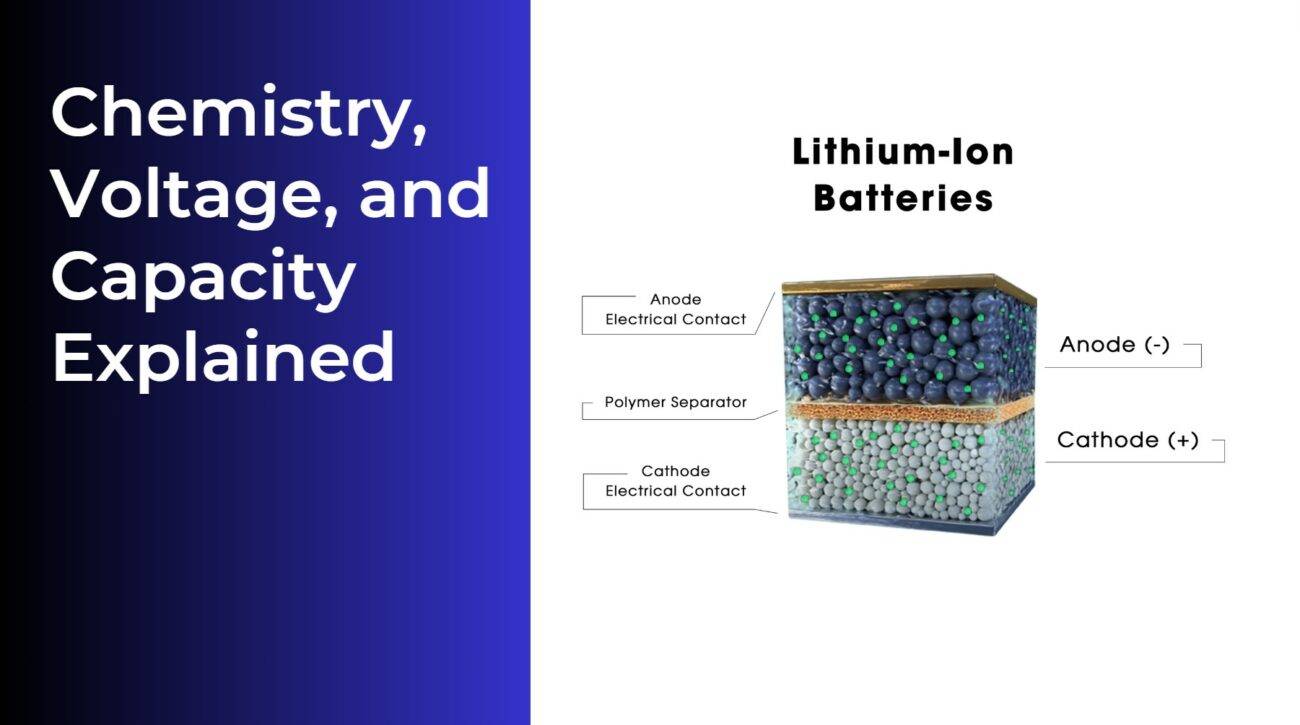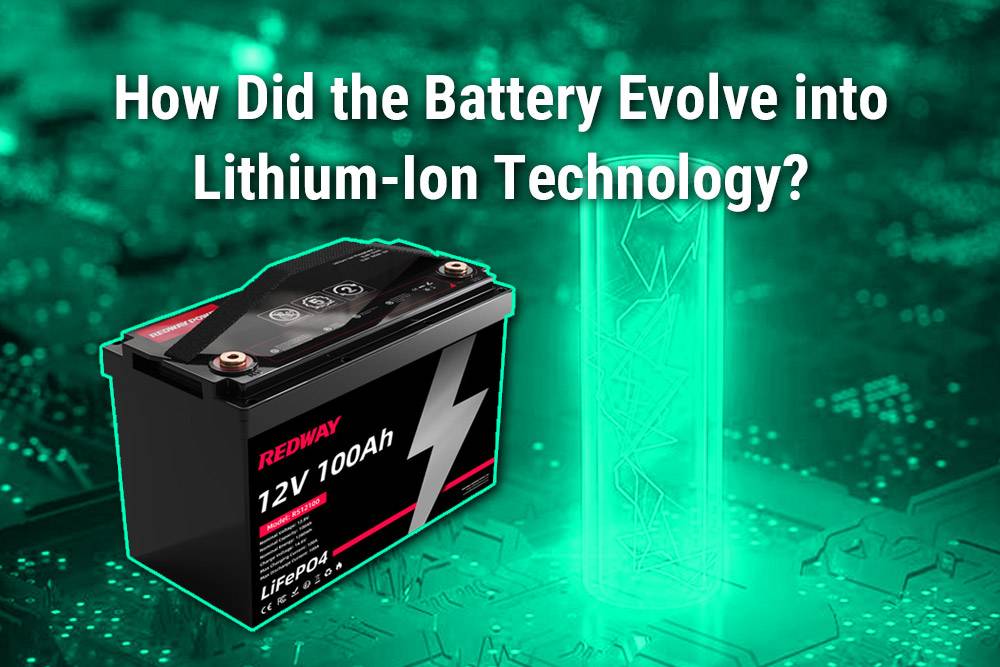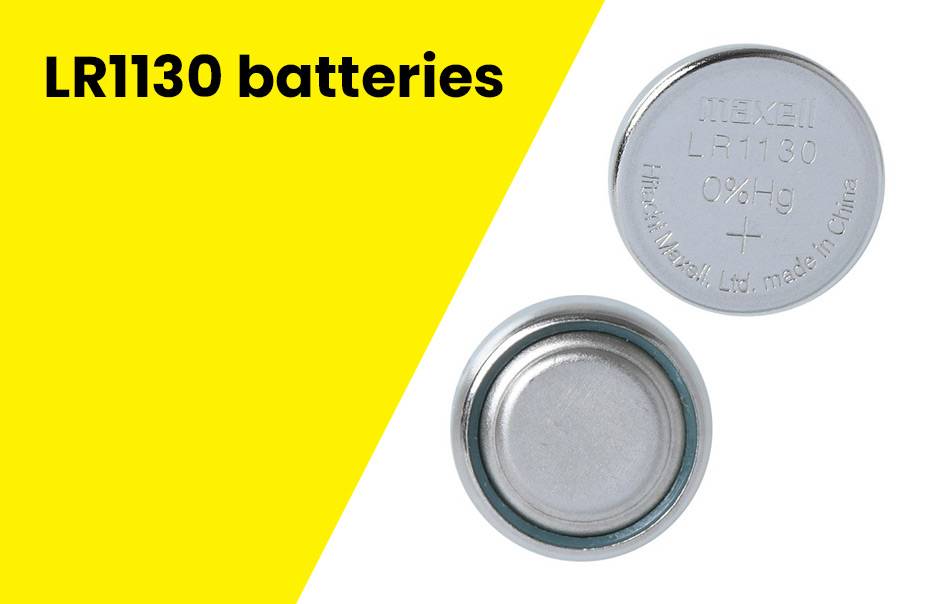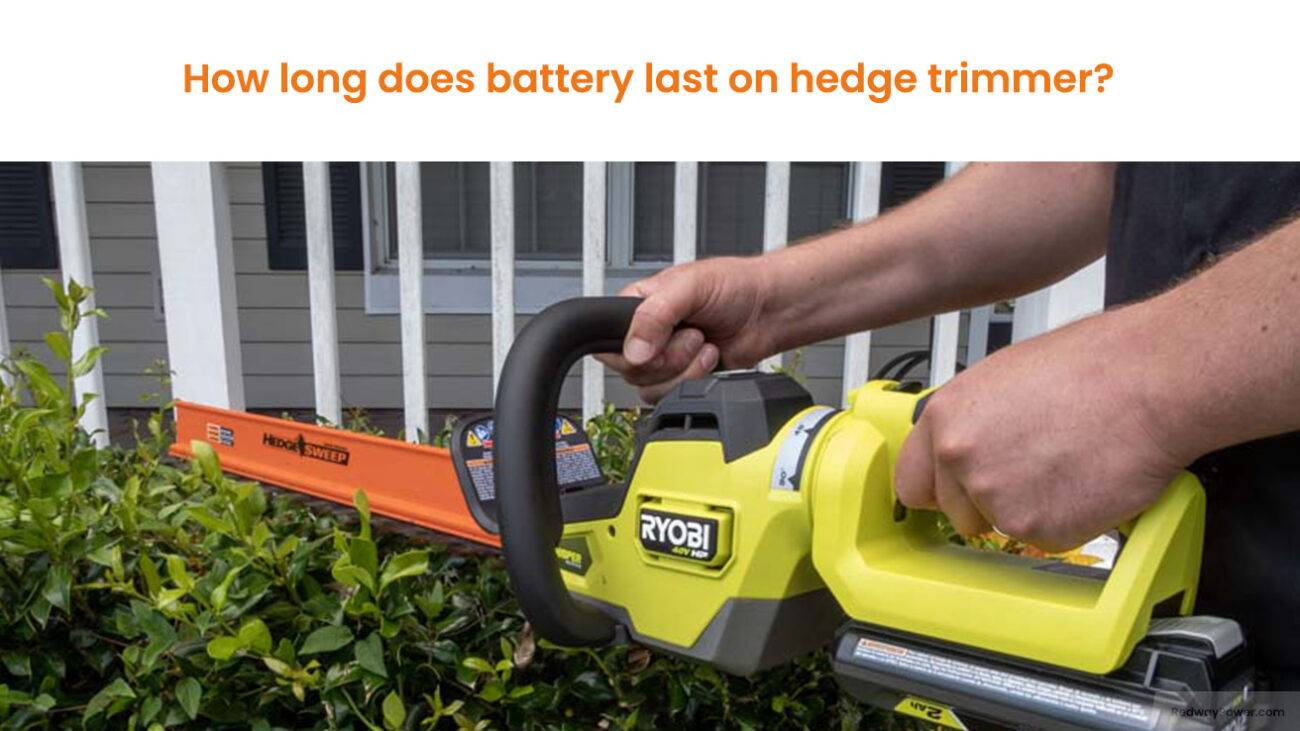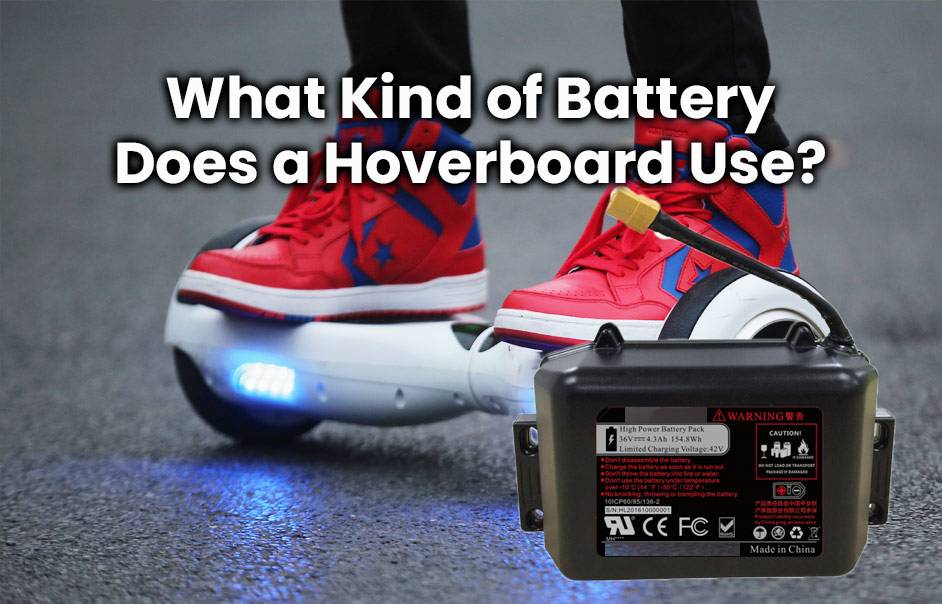
Blog
How is Potting Glue Used in Battery Potting and Encapsulation?
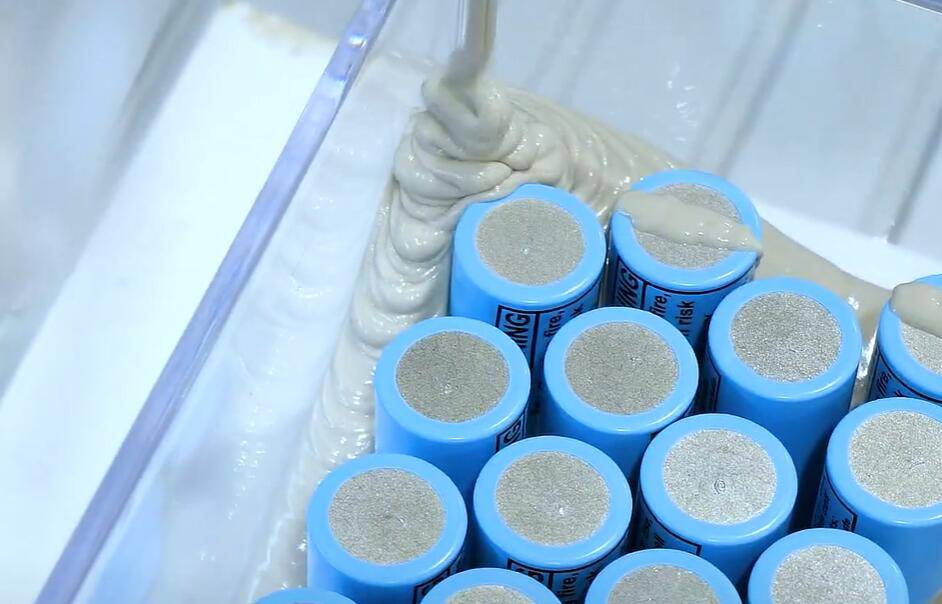
Potting glue is a critical material in battery potting and encapsulation, used to protect cells, modules, and electronics from vibration, moisture, heat, and chemical exposure. It enhances mechanical stability, electrical insulation, and thermal management. Redway Power uses high-quality potting adhesives to improve battery safety, performance, and lifespan in lithium-ion and lead-acid systems.
What Is Battery Potting and Encapsulation?
Battery potting and encapsulation involve filling a battery module or pack with a resin or adhesive, such as potting glue, to form a solid protective layer. This process prevents moisture ingress, physical damage, and electrical short circuits while stabilizing internal components. Potting ensures the battery operates reliably under mechanical and thermal stress.
Why Is Potting Glue Important for Battery Safety?
Potting glue provides insulation between cells, preventing electrical shorts and reducing the risk of thermal runaway. It cushions the cells against shocks and vibrations, protects against chemical leakage, and improves fire resistance. Redway Power integrates potting glue to enhance battery safety in electric vehicles, energy storage systems, and industrial applications.
How Does Potting Glue Improve Thermal Management?
Potting glue often has thermal conductivity properties that help dissipate heat generated during battery operation. By transferring heat away from cells, it reduces hotspots and improves overall battery efficiency. Thermally conductive potting compounds are critical for high-capacity lithium batteries to maintain safe operating temperatures.
What Types of Potting Glue Are Used in Batteries?
Common types include epoxy, silicone, and polyurethane adhesives.
- Epoxy: High mechanical strength, excellent chemical resistance, and good thermal stability.
- Silicone: Flexible, vibration-resistant, and thermally conductive.
- Polyurethane: Offers elasticity and moisture resistance.
Each type is selected based on battery chemistry, operating conditions, and desired protective properties.
How Is Potting Glue Applied in Battery Packs?
Potting glue is applied by pouring, injecting, or casting into the battery enclosure to cover cells and electronics completely. Vacuum degassing may be used to remove air bubbles, ensuring complete encapsulation. The glue then cures, forming a rigid or semi-rigid protective layer depending on material type.
Can Potting Glue Affect Battery Performance?
Yes, improper potting can cause thermal buildup, restrict cell expansion, or impede electrical connections. Choosing the correct adhesive type, viscosity, and curing method is essential. Redway Power optimizes potting processes to balance protection, thermal conductivity, and battery performance.
What Are the Advantages of Battery Potting?
- Mechanical protection against vibration and shock
- Electrical insulation and short-circuit prevention
- Moisture and chemical resistance
- Enhanced thermal management
- Longer battery lifespan
Chart title: Comparison of Potting Glue Types for Batteries
| Potting Glue Type | Mechanical Strength | Thermal Conductivity | Flexibility | Moisture Resistance |
|---|---|---|---|---|
| Epoxy | High | Medium | Low | High |
| Silicone | Medium | Medium-High | High | Medium |
| Polyurethane | Medium | Low-Medium | High | High |
How Do You Choose the Right Potting Glue?
Selecting the correct potting glue depends on battery chemistry, operating temperature, vibration exposure, and environmental conditions. Factors include curing time, viscosity, thermal conductivity, flexibility, and electrical insulation. Redway Power provides tailored potting solutions for lithium-ion, lead-acid, and hybrid battery packs.
Where Is Battery Potting Commonly Used?
Potting is widely used in:
- Electric vehicle battery packs
- Industrial energy storage systems
- Marine and aviation batteries
- Consumer electronics and high-performance power tools
It is essential wherever mechanical stability, insulation, and safety are critical.
Redway Power Expert Views
“Potting glue is more than adhesive; it’s a shield that ensures battery longevity and safety,” says a Redway Power expert. “Choosing the correct resin and application method is crucial to protect cells from vibration, heat, and moisture, especially in high-capacity lithium packs used in EVs and industrial energy storage.”
Conclusion
Potting glue is essential in battery potting and encapsulation, providing insulation, mechanical support, thermal management, and environmental protection. Proper selection and application enhance safety, efficiency, and lifespan. Redway Power leverages advanced potting technologies to produce reliable, high-performance battery packs for automotive, industrial, and energy storage applications.
FAQs
Can I use any adhesive for battery potting?
No, only specialized potting glues like epoxy, silicone, or polyurethane should be used to ensure electrical insulation and thermal management.
Does potting glue affect battery repairability?
Yes, fully potted packs are harder to repair, but the trade-off is enhanced safety and lifespan.
How long does potting glue take to cure?
Curing time depends on the material: epoxy may take hours to days, silicone often cures faster, and polyurethane varies by formulation.
Can potting glue prevent battery thermal runaway?
It helps reduce hotspots and electrical shorts but cannot fully prevent thermal runaway; proper BMS and cooling are still required.
Is potting used in both lithium and lead-acid batteries?
Yes, potting is used to protect cells and electronics in various chemistries, though material choice may differ.




